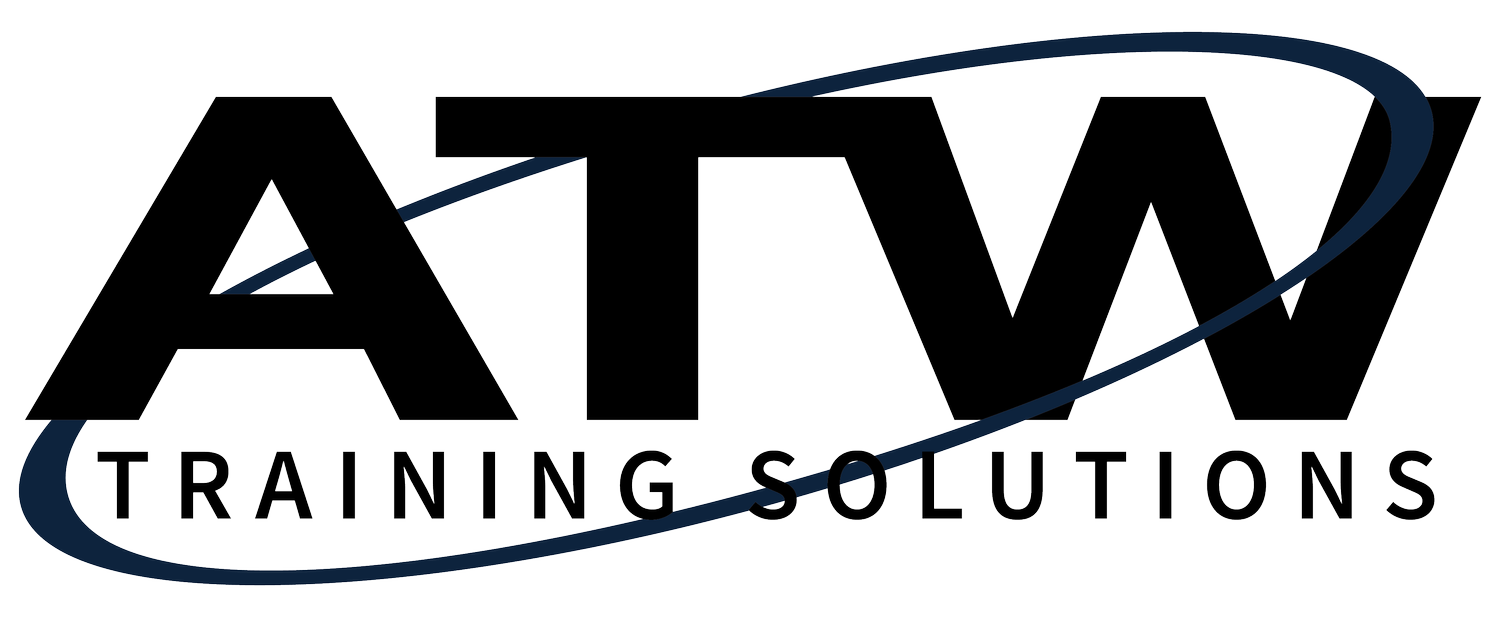On-the-job Training: Before Training
You'll recall our model for successful on-the-job training. We have responsibilities before, during, and after training. Let's dive deeper into before training. Prior to providing training, take time to prepare yourself and the person being trained. First, prepare yourself by developing learning objectives to identify what outcomes you want to achieve. If this is new information for a learner, you can't and shouldn't cover everything. You'll need time to build a strong foundation beforeintroducing more information. Think first about what your learner needs to know before you offer more, the nice to know. Those are your learning objectives. Prepare your training material and be sure that you have all of the equipment and tools you need along with any training and reference materials. Recall, adult learners prefer to use multiple modes of learning, so allowing them to see, hear, and do will help them be most successful. For example, if your training topic includes a standard operating procedure, make sure you provide that SOP. Plan that your learner will read it and hear you talk about it and reference it during their hands-on training.
Prepare the training location by reserving the space, equipment, and materials needed. The further in advance you plan and lock in required resources, the better. On occasion, you find you are in competition with others in the organization for the same resources. Also, consider how you can eliminate or minimize distractions in the training environment. Make colleagues aware that you will be training and secure coverage for your other responsibilities. If you sit at a desk and use that environment for training, shut down your email and put your phone on do not disturb. Next, take time to prepare the person who will be trained. Be sure they understand in advance the goal of the training, what's in it for them, and how much time it will take, and what they need to do before they come to training. The clearer your expectations and the better these are communicated upfront, the better the results of your training are likely to be. Preparation before training is an example of taking time to save time. Your careful preparation will pay dividends in how well the training goes and how successful it is. Good luck.
